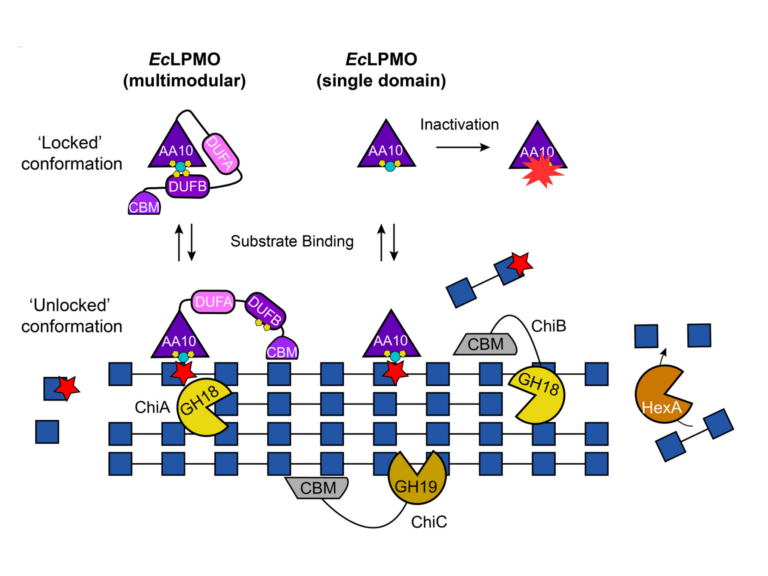Wild grass isolates of Magnaporthe (Syn. Pyricularia) spp. from Germany can cause blast disease on cereal crops
Pathogens that cause destructive crop diseases often infect wild host plants. However, surveys of major plant pathogens tend to be skewed towards cultivated crops and often neglect the wild hosts. Here, we report an emerging disease threat generated by the blast fungus Magnaporthe (Syn. Pyricularia) spp. in central Europe. We found that this notoriously devastating plant pathogen infects the wild grasses foxtail millet (Setaria spp.) and crabgrass (Digitaria spp.) in south-western Germany, a region previously deemed unfavorable for blast disease. Using phenotypic characterization and genomic analyses, we determined that the observed disease symptoms are associated with the Setaria spp.-infecting lineage of M. oryzae and its sister species Magnaporthe grisea. We showed that M. oryzae isolates can infect barley and wheat, thus highlighting the risk of pathogen spread to crops. In addition, M. oryzae isolates which co-occur in natural populations display compatible mating types and variable candidate effector gene content, which may enhance the pathogens adaptive potential. Our findings stress the risk of blast fungus infections expanding into European cereal crops through migration and host jumps. This underlines the importance for pathogen surveillance not only on cultivated crops, but also on wild host plants.


